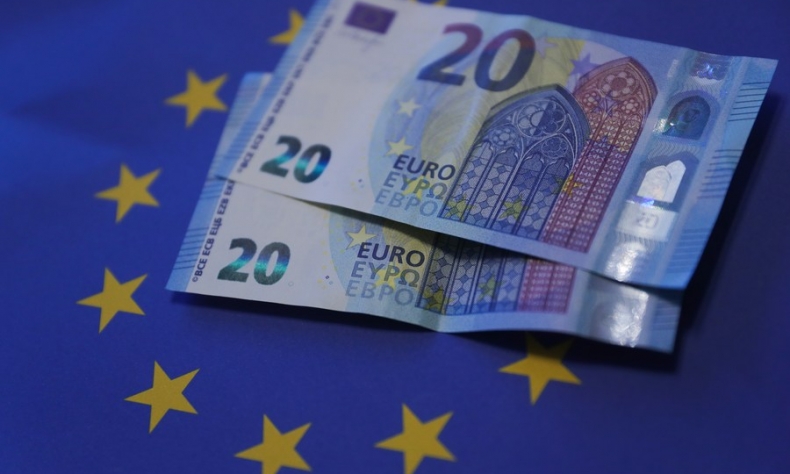The Plunging EUR and the Future of the European Economy

A stable EUR and a prosperous Eurozone are in line with the Chinese economic development. China’s policy during the Eurozone debt crisis is edifying, and its principles remain the same.
In recent days, the fall of the EUR exchange rate has captured the interest of the international media. Indeed, 2022 European Central Bank (ECB) data shows that while one EUR cost $1.14 in mid-January, it reached parity in mid-July. The last time parity was recorded was in December 2002. In the delicate junctures of the debt crisis, the value of the single currency fluctuated. In June 2010, the exchange rate had been 1.19, and in April 2015, when Greece’s stay in the Eurozone was at stake, it had dropped to 1.08. Other lows were monitored in January 2017 and following the outbreak of the COVID-19 pandemic in April 2020.
When looking at the diachronic ECB data, the weakening of the EUR vis-à-vis the USD does not seem to be an unusual trend. What is new is the duration. The continuous plunging of the EUR for such a long period was first observed from June 2014 until April 2015. The new depreciation did not even start in 2022; it had started much earlier. In particular, the exchange rate started to fall from 1.2 toward the end of May 2021 and witnessed an unstoppable decline before reaching parity a few days ago, in mid-July.
Moments of depreciation in the history of the single currency tend to have straightforward explanations. Either internal problems within the Eurozone and its member-states or specific monetary policies of the Federal Reserve and their impact on the European economy are categorized as the most important factors. But a fair analysis of the ongoing situation requires a holistic overview. The continuous depreciation of the EUR ought to be rather regarded as the outcome of several components.

Inflation is regarded as a principal reason for the problem. According to Eurostat data, Eurozone annual inflation was expected to be 8.6% in June 2022, up from 8.1% last May. The rise in energy prices has contributed to its soaring. The conflict in Ukraine complicates matters, but prices had begun to skyrocket before the war. The same Eurostat data shows that energy – as a Eurozone inflation component – already accounted for 28.8% in January 2022, whereas it had contributed to inflation by 12.6% in June 2021. The more the EUR drops, the worse it is for Eurozone member-states, which need to pay for most of imported energy products in USD. The rise in food prices is expected to generate additional difficulties in Europe. Ordinary households are those that are affected the most in these turbulent economic times because their purchasing power is being dramatically eroded.
As a matter of principle, economists advise that the rise of interest rates by central banks, in this case, the ECB, could relieve the ongoing pain of the fall of the single currency. However, the monetary parameter needs to be placed into a broader context. Higher interest rates have the potential to tame inflation, whereas lower interest rates have the capacity to motivate growth. Eurozone growth rates are now far from impressive. The summer European economic forecast anticipates the Eurozone economy may grow by 2.6% in 2022. Growth in Germany, the strongest economy in Europe, is only expected to increase by 1.4%. Decisions are thus delicate, and policies that seem appropriate at first glance might emerge as double-edge swords if not carefully planned.
From another perspective, of course, the low value of the EUR creates some opportunities for the countries that rely on exports to non-Eurozone partners. Germany constitutes one example as its products are significantly targeting both the American and the Chinese markets. Even Germany will have to calculate how much potential higher export profits to the United States and China could counterbalance potential losses of lower exports to other Eurozone countries.
As things are still developing, it is particularly tough to engage in long-term prognostics. A meticulous and continuous analysis of the situation is imperative and also needs to encompass an assessment of the political risks and economic problems in Europe portend. China, for its part, might – in the short-term – experience some ramifications on its exports to Eurozone economies but find – in the medium and long-horizons – new chances to re-invest in Europe. Calmness and certainty matter at first, though. A stable EUR and a prosperous Eurozone are in line with the Chinese economic development. China’s policy during the Eurozone debt crisis is edifying, and its principles remain the same.
 Facebook
Facebook
 Twitter
Twitter
 Linkedin
Linkedin
 Google +
Google +










